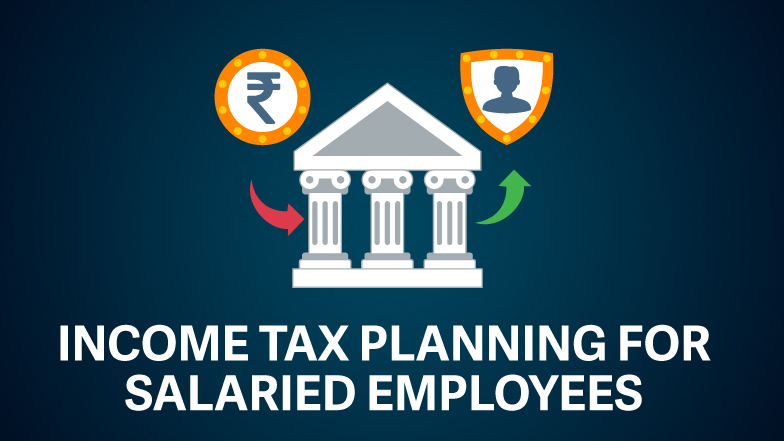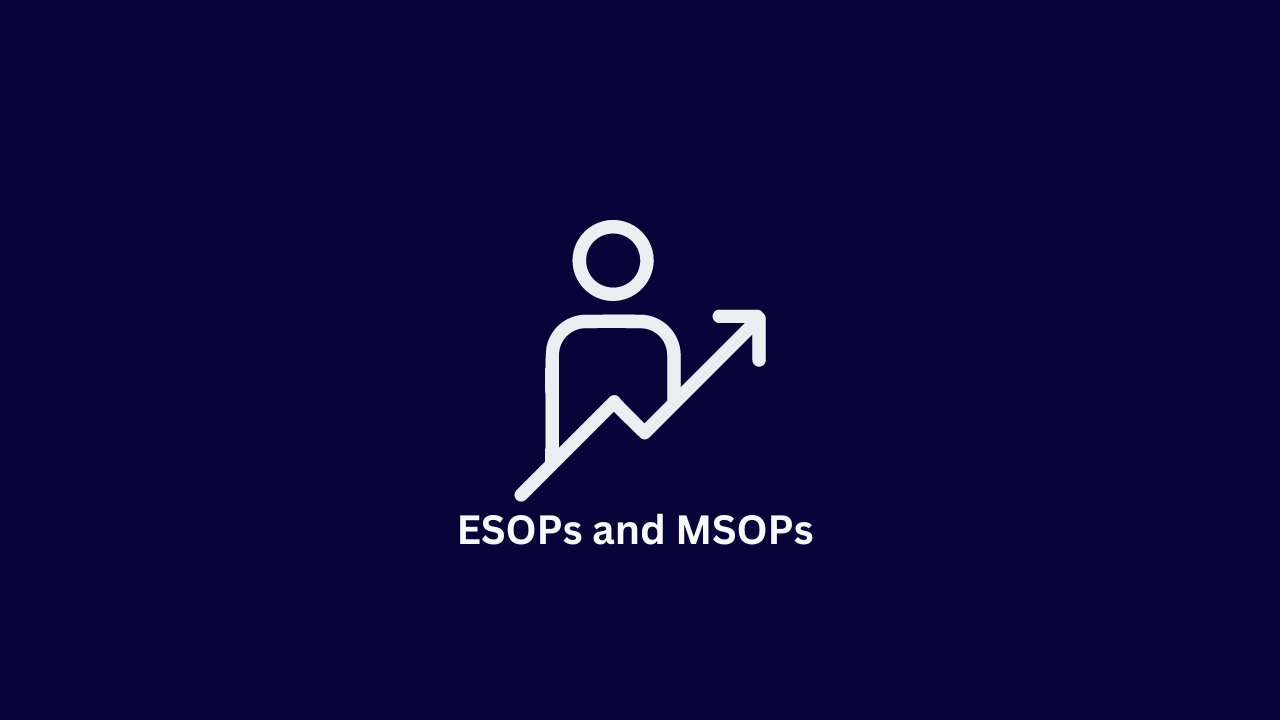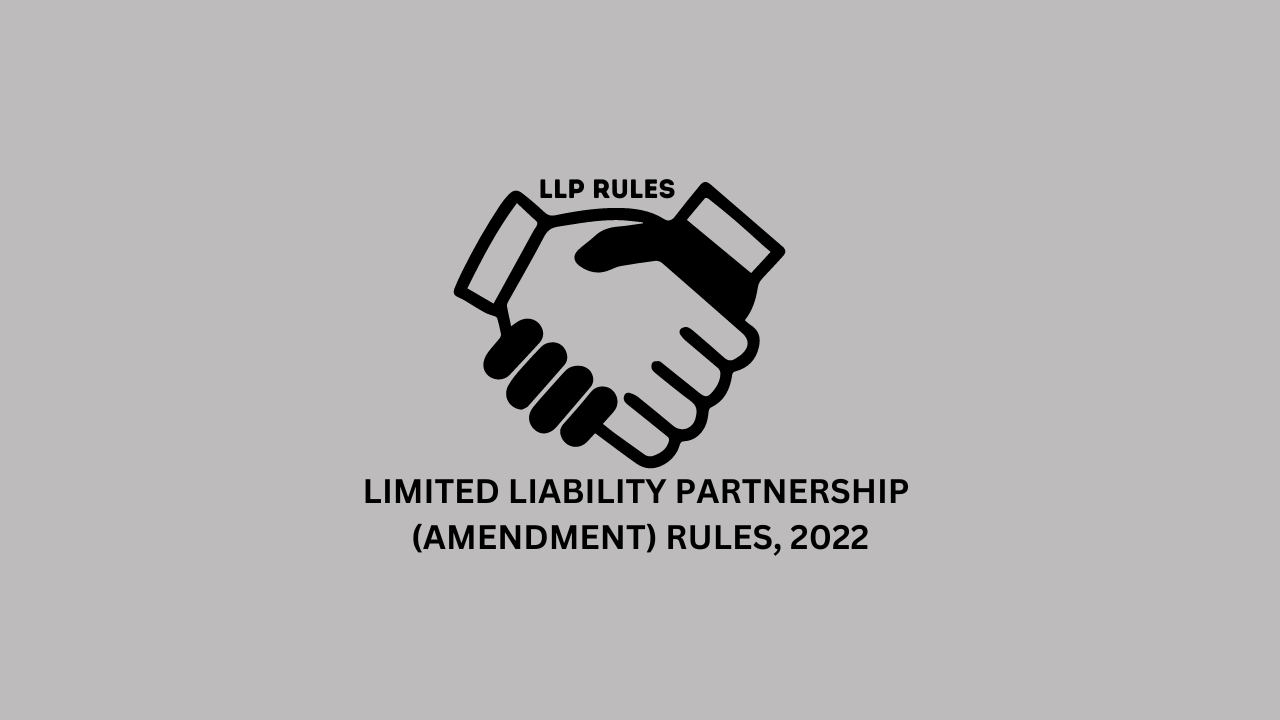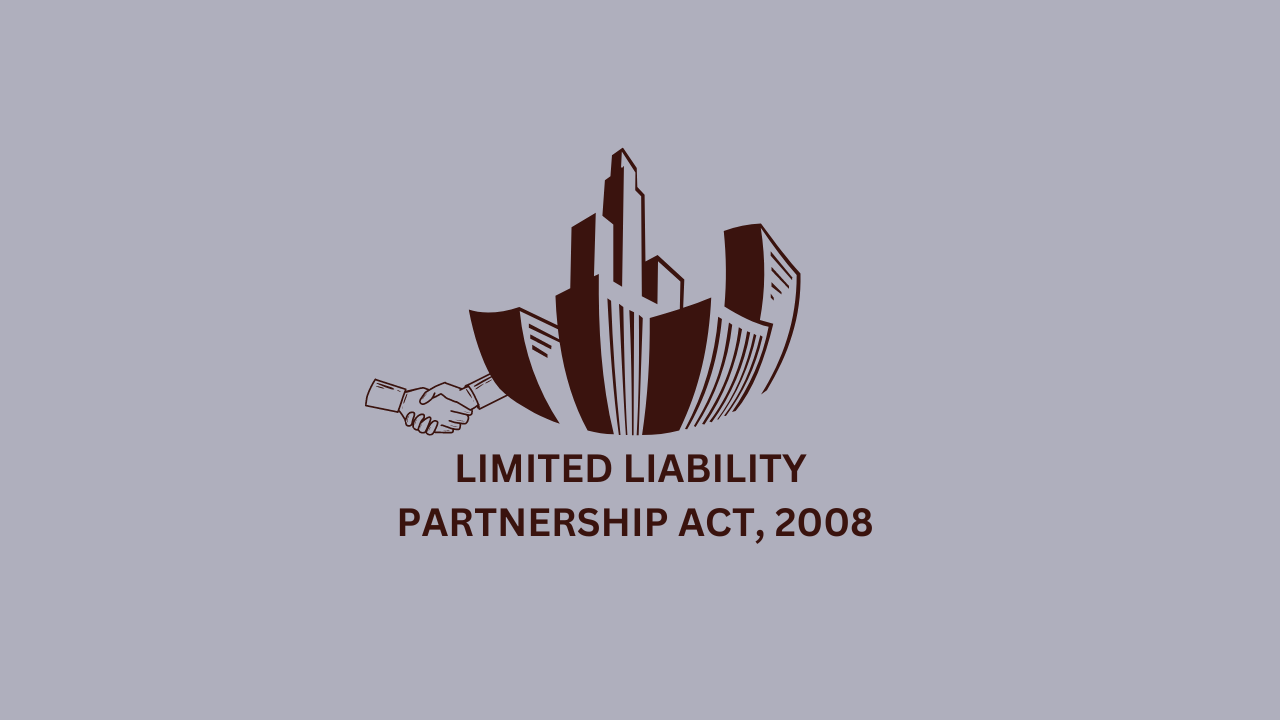
It’s critical to think through your tax preparation tactics as the fiscal year 2023–2024 draws to a close before the deadline of March 31, 2024. Let’s examine the different deductions and allowances that are free from income tax:
The House Rent Allowance (HRA) represents the first chance for tax savings for salaried taxpayers. As long as the employee lives in rented housing and pays the landlord’s rent, the HRA received from the company is exempt. This exemption can be claimed while submitting income tax returns under Section 10(13A) or by providing documentation of rent paid to the employer.
Salaried taxpayers may apply for reimbursement under the Leave Travel Allowance (LTA) for costs incurred in connection with domestic travel, including tickets for themselves and their families. It’s crucial to remember that this exemption does not apply to costs for things like dining, entertainment, shopping, and leisure activities that are incurred over the whole trip. Under Section 10(5), the LTA exemption is valid for a maximum of two trips during four years.
Earners are eligible to apply for special allowances to cover their children’s educational costs and housing costs. Up to two children who are enrolled in an educational institution may receive an exemption of Rs. 100 per child per month under the Children’s Educational Allowance.
One of the most popular ways to claim income tax deductions is through Section 80C. With a cap of Rs. 1.5 lakh, this part allows people to request deductions for a range of expenses and investments made throughout the fiscal year. Furthermore, investments made in insurance company-provided annuity plans are eligible for deductions under Section 80CCC. In addition, donations paid to the National Pension System (NPS) account are deductible under Section 80CCD(1). The total allowable deduction under Sections 80C, 80CCC, and 80CCD(1) is still Rs. 1.5 lakh.
An additional deduction of up to Rs. 50,000 is available under Section 80CCD(1B) for payments made to the National Pension System (NPS). In addition to the current benefit of Rs. 1.5 lakh deduction permitted under Section 80CCD(1), there is an additional deduction of Rs. 50,000, as defined by Section 80CCD(1B).
If you have taken out a home loan for building or buying a house, you are qualified to deduct this amount. You can deduct the interest you paid on your home loan under Section 24. If the property is used for personal purposes, you may deduct up to Rs. 2 lakh. There is no cap on the amount of the deduction you can make if the property is rented out, though.
You, your spouse, or your children are eligible to deduct interest paid on school loans taken out for higher study under Section 80E. Interest payments to any bank or financial institution are included in this deduction. Notably, the deduction amount is unlimited; nevertheless, it’s crucial to remember that the deduction only applies to interest payments and not principal repayments.
You can deduct contributions made to authorised charitable organisations under Section 80G if you made any in the year prior. Tax deductions can be taken for anywhere between 50% and 100% of the donation amount, depending on the receiving organisation. It is advised to donate via cheque because cash contributions over 2,000 are not tax deductible.
An extra deduction of Rs. 50,000 is available under Section 80EE for interest paid on house loans. This deduction is not to be confused with the Rs. 2 lakh deduction allowed by Section 24.
But there are a few requirements that need to be fulfilled:
When two businesses merge, their boards of directors authorise the union and ask the shareholders for their consent. For instance, in 1998, the Digital Equipment Corporation and Compaq entered into a merger agreement wherein Compaq acquired the Digital Equipment Corporation. Later, in 2002, Compaq and Hewlett-Packard combined. CPQ was Compaq’s pre-merger ticker symbol. The present ticker symbol (HPQ) was created by combining this with the Hewlett-Packard ticker sign (HWP).
In a straightforward acquisition, the acquiring business buys the bulk of the acquired company, which keeps its original name and organisational structure. The 2004 acquisition of John Hancock Financial Services by Manulife Financial Corporation, in which both businesses kept their names and organisational structures, is an illustration of this kind of deal. Six By using a whitewash resolution, the target company may demand that the purchasers guarantee that the target business will continue to operate profitably for a certain amount of time following acquisition.
By merging key operations and doing away with outdated corporate frameworks, consolidation results in the creation of a new corporation. Following their acceptance, shareholders of both firms will get common equity shares in the combined company. The consolidation requires their permission. For instance, the 1998 announcement of a merger between Citicorp and Travellers Insurance Group led to the creation of Citigroup.
In a tender offer, one business proposes to pay a certain amount instead of the going rate for the other business’s outstanding stock. By passing the management and board of directors, the purchasing business makes the offer directly known to the other company’s shareholders. For instance, Johnson & Johnson submitted a $438 million tender offer to purchase Omrix Biopharmaceuticals in 2008. By the end of December 2008, the agreement had been finalised when the company accepted the tender offer.
An asset acquisition occurs when a business directly buys the assets of another business. The shareholders of the company whose assets are being acquired must provide their permission. During bankruptcy procedures, it is common for other companies to bid for different assets of the insolvent company. The bankrupt company is then liquidated upon the ultimate transfer of assets to the purchasing firms.
In a management acquisition, which is often referred to as a management-led buyout (MBO), the executives of one firm acquire a majority stake in another, therefore bringing it private. In an attempt to assist with financing a transaction, these former CEOs frequently collaborate with financiers or former corporate officers. These M&A deals usually require the approval of the majority of shareholders and are financed mostly through debt. For instance, Dell Corporation declared in 2013 that its founder, Michael Dell, had purchased the company.








